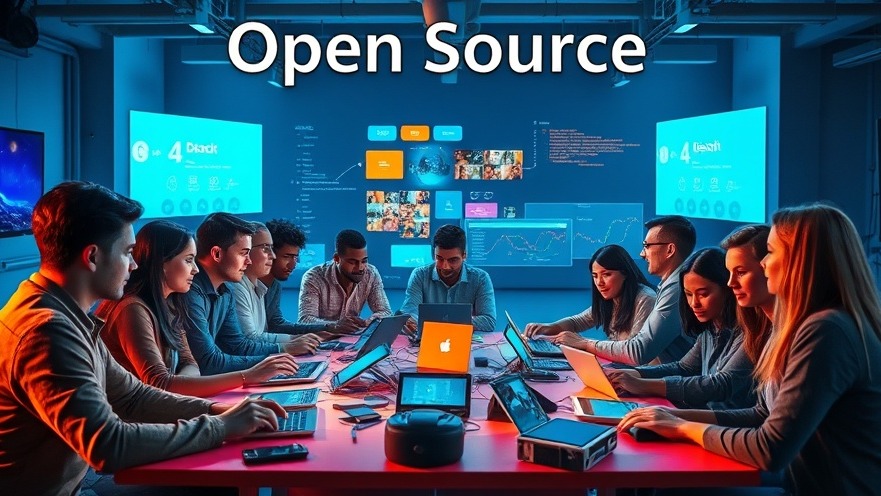
The Rise of Open Source AI Models: A Game Changer?
The recent introduction of Qwen 3 by Alibaba highlights a significant trend within the tech industry: the growing reliance on open source AI models. In the video, "Another Open Source Killer Model!? (Qwen3 Tested)", various functionalities and applications of this frontier coding model are explored through practical tests, showcasing its capabilities in fluid dynamics and spatial reasoning, making it a noteworthy topic in the ongoing discussion regarding innovative technologies.
In "Another Open Source Killer Model!? (Qwen3 Tested)", the discussion dives into the capabilities and limitations of the Qwen 3 AI model, exploring key insights that sparked deeper analysis on our end.
Understanding the Features of Qwen 3
Qwen 3 sets itself apart with its impressive performance in generating complex code with minimal input. The video demonstrates how simple prompts can yield rich visual outputs, such as a 2D Navier-Stokes solver and a spinning dodecahedron simulating physics. This ease of use exemplifies the potential of open-source models, allowing developers and tech enthusiasts to leverage sophisticated computations without needing extensive technical backgrounds.
Limitations and Concerns of Open Source Models
Despite the allure of Qwen 3, it's essential to approach such models critically. The video emphasizes certain limitations, particularly in terms of spatial reasoning where the model fails to correctly represent orientation changes. These shortcomings pinpoint the current gaps in AI reasoning capabilities, even with advanced models. Developers should remain aware that while Qwen 3 is a robust tool, it does not always offer perfect solutions.
The Impacts of Censorship and Bias
A particularly striking aspect discussed in the video is the model's handling of sensitive topics such as political events. The inquiry regarding Tiananmen Square elicited a heavily sanitized response, emphasizing how cultural and political frameworks influence AI outputs. Users need to understand that open-source models like Qwen 3 can reflect specific biases depending on their training data, particularly if not appropriately customized.
The Future of Open Source AI: Trends and Predictions
As more organizations, including startups and educational institutions, adopt open-source AI like Qwen 3, innovative applications will likely emerge. Collaboration and community-driven improvements can enhance model performance, solve challenges, and expand usability. Looking ahead, we might witness an increase in AI applications that not only cater to developers but also engage general users in interactive and educational ways.
Final Thoughts: The Balance of Potential versus Caution
The analysis of Qwen 3 prompts an essential reflection on the balance between the excitement of advancements in AI technology and the necessary scrutiny as users navigate potential biases, limitations, and ethical concerns. While Qwen 3 offers powerful tools for coding, its application should be pursued with awareness of the broader implications.
As the tech landscape evolves, staying informed about these developments ensures users can harness these innovations while maintaining a critical perspective.
 Add Row
Add Row  Add
Add 




Write A Comment